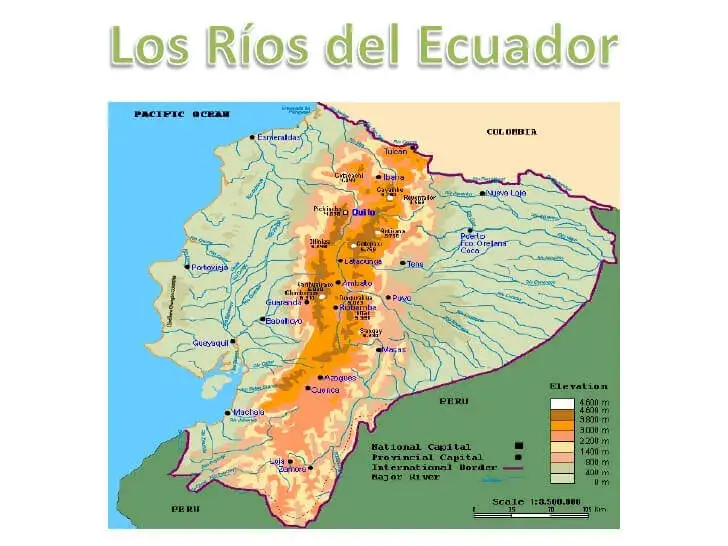As Bombardier falls, Quebec’s aerospace industry learns to fly on its own
No one was really sure what Bombardier was going to announce ahead of the release of its full-year financial results on Thursday morning.
But when the news emerged that the Quebec corporation was ceding its remaining stake in the A220 jet program to Airbus, it was met with some sadness in the province.
There was a time when the fates of Quebec’s aerospace industry and Bombardier were intimately linked.
But the Bombardier-Airbus deal suggests that may no longer be the case; the aerospace industry may finally have to fly on its own.
With the sale of its A220 stake, Bombardier ended its involvement in the commercial airplane-making business.
«What we are witnessing this morning is effectively the dismantling of Bombardier,» said Quebec’s interim Opposition leader, Liberal MNA Pierre Arcand.
But for the Coalition Avenir Québec government, the deal was an acceptable solution to a situation that could have ended badly, with mass layoffs or further financial turbulence.

The A220, formerly known as the C Series, is by most accounts a sleek, energy-efficient aircraft that is growing in popularity.
It’s a homegrown product developed by a homegrown company with the help of homegrown money (i.e. the Quebec government’s $1.3 billion investment).
Airbus said it will keep all 3,300 A220 jobs in Quebec, at least for the foreseeable future — a promise that is to cost taxpayers nothing.
Key player in $15B industry
There was an aerospace industry in Quebec before Bombardier entered the market with its purchase of Canadair in 1986.
Pratt and Whitney, for instance, was making airplane engines in Longueuil while Joseph-Armand Bombardier was still tinkering with snowmobiles.
But there is little question that without Bombardier, Quebec aerospace wouldn’t be the $15-billion industry it is today.

After buying Canadair, Bombardier developed a regional jet program (CRJ) that became an industry leader while also building sleek business jets in factories around Montreal.
In 1984, 8,000 people worked in Quebec aerospace jobs. That number more than tripled in the span of a decade as a cluster of companies emerged to supply parts for Bombardier’s planes.
Montreal now competes with Toulouse, France (where Airbus is based) and Seattle (where Boeing has its roots) as one the biggest aerospace hubs in the world. The industry employs nearly 50,000 people in Quebec.
An industry finds its wings
As such an integral player to a lucrative industry, Bombardier was considered for many years to be «too big to fail.»
Never was that more clear than when the company took a shot at competing with Boeing and Airbus by trying to develop the C Series.
For various reasons — from cost overruns to nasty competition — it missed, bringing the company to the brink of bankruptcy in 2015.
The Quebec government, then under Liberal premier Philippe Couillard, stepped in with a bailout package, which took the form of a minority stake in the C Series program.
Couillard’s estimation was that the Quebec economy, and perhaps his own popularity as well, could ill afford the ripple effect of a Bombardier collapse.

Bombardier’s woes persisted, though, as cash flows dried up and its debt load became increasingly unsustainable.
It would need more money to stay in the commercial aviation game. But by 2018 there was a new provincial government in power, this one less enthusiastic about throwing the company another lifeline.
With no help forthcoming from Quebec City, Bombardier began selling off its commercial aviation holdings, bringing Quebec’s aerospace industry to the current critical juncture.
Will it be able to find other clients now that Bombardier is in downsize mode? So far, the signs have been positive.
Mitsubishi Heavy Industries bought Bombardier’s CRJ program last year. Since then, the Japanese manufacturer has announced plans to open a product-development centre in Montreal (with a $12 million nudge from Quebec).
Airbus’s decision to keep making the A220 at a factory north of Montreal is a further indication that Quebec aerospace can stay competitive globally.

«The plane is from here. The production chain is here. The expertise is here. It costs less to produce it here than in the United States or Europe. And there seems to be satisfaction with the product. So I don’t see why they would go elsewhere,» said Mehran Ebrahimi, who heads an aerospace industry research unit at l’Université du Québec à Montréal.
Ebrahimi added Quebec’s aerospace cluster could entice Airbus to move other operations to the province now that it has consolidated its ownership of the A220, which is a key product in its competition with Boeing for market share.
While a bitter pill for some to swallow, the demise of Bombardier’s commercial aviation venture has, at least for the moment, brought diversity to Quebec’s aerospace client base.
And that makes it more resilient at a moment when so much of the future of aerospace is, well, up in the air.






